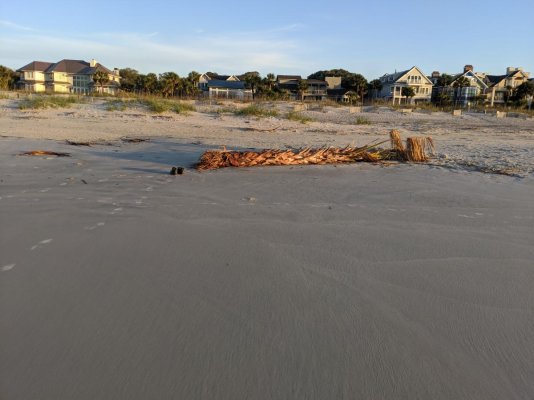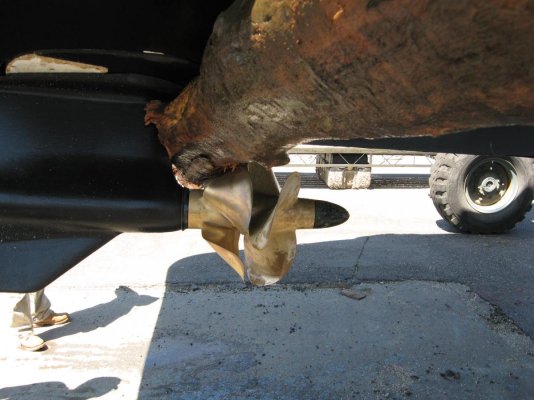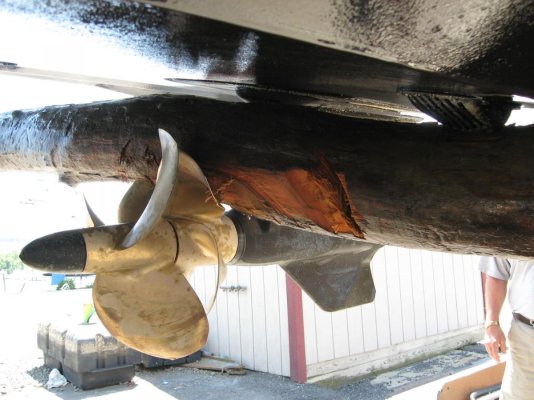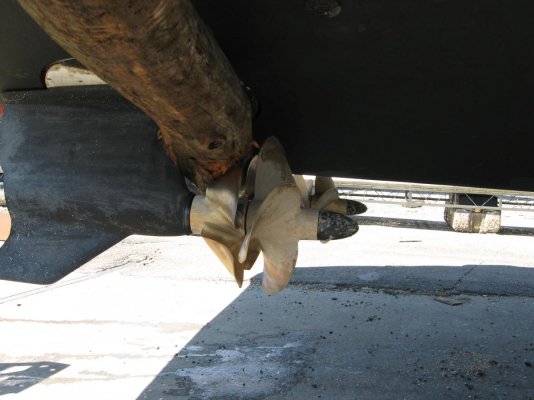Mark P
Senior Member
I was walking with the Admiral on Hilton Head Island yesterday (hoping Governor lifts stay tomorrow so we can head out for a bit), and saw this laying on the beach. From the looks of it, this palm tree has been out there for some time. Since I ply these waters frequently, I started thinking, what if last month I would have hit this thing at near WOT speed? For me that would be near 30-35 MPH. Given my boat, the damage would have been probably catastrophic and maybe lost the boat. What about your vessel?







